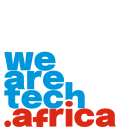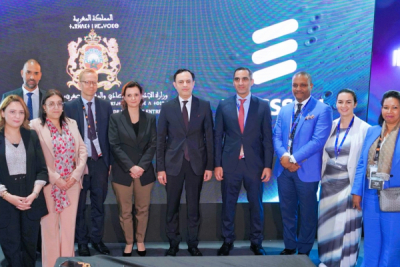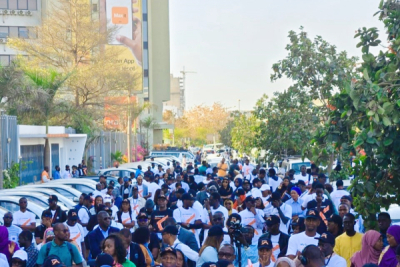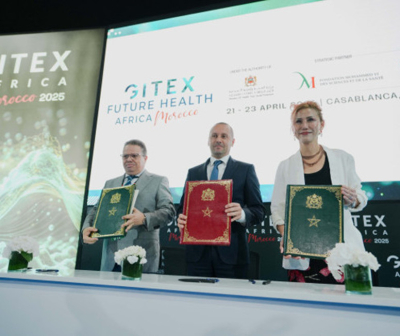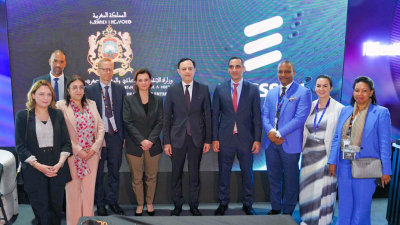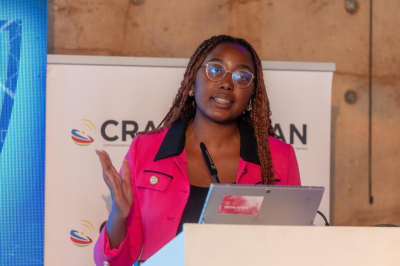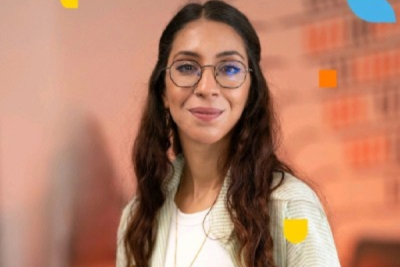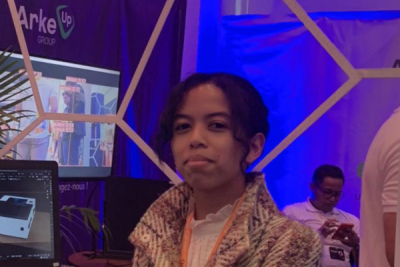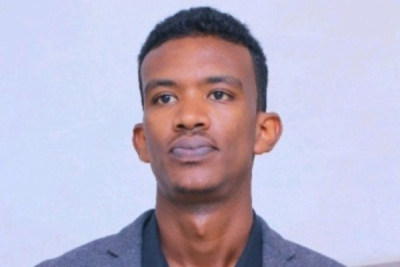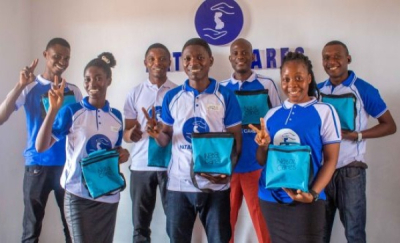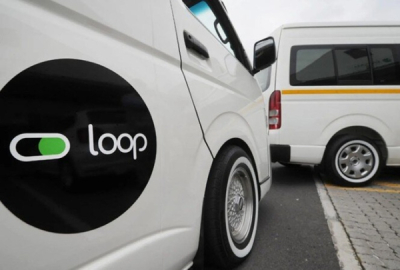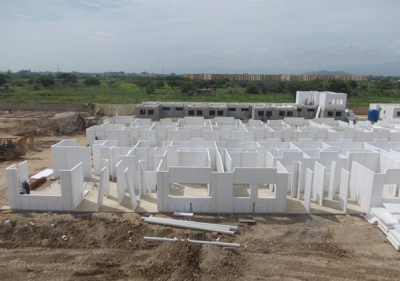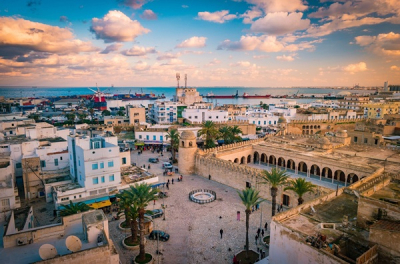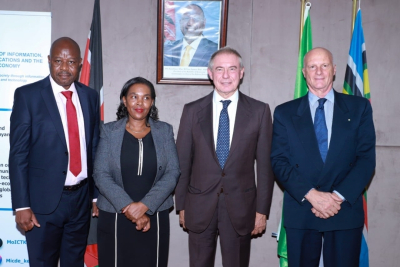Undersea cable disruptions are a recurring issue in Africa, resulting in considerable financial setbacks for numerous stakeholders in the continent's telecommunications industry. Significant improvements could be realized through investment in this sector.
Guinea and Gambia are set to be linked by a second subsea optical fiber cable in the near future. The Minister of Posts, Telecommunications, and Digital Economy for Guinea, Rose Pola Pricemou, and her Gambian counterpart, Minister of Communications and Digital Economy Ousmane Bah, signed a memorandum of understanding to this effect on Wednesday, April 24, in Banjul.
The memorandum aims to combine efforts and resources to carry out a feasibility study for the creation of a new submarine cable. The World Bank will fund the future infrastructure as part of the West African Digital Integration Project (WARDIP).
Under this agreement, both countries stand to benefit from reduced project-related costs. For example, Guinea could see its expenses cut by more than 40%. This initiative underscores the two nations’ commitment to bolstering their cooperation for a more accessible and prosperous digital future.
Gambia and Guinea are currently connected to the ACE (Africa Coast to Europe) cable, which they primarily depend on for high-speed internet services. Frequent disruptions on this infrastructure lead to service interruptions, making it imperative for the two nations to connect to a second submarine cable capable of providing backup.
The rollout of the second subsea cable is expected to not only enhance the quality of high-speed telecommunications services but also to broaden the reach of these services to thousands more individuals and lower costs. The project is also poised to accelerate the implementation of the two countries’ digital transformation goals.
Samira Njoya
